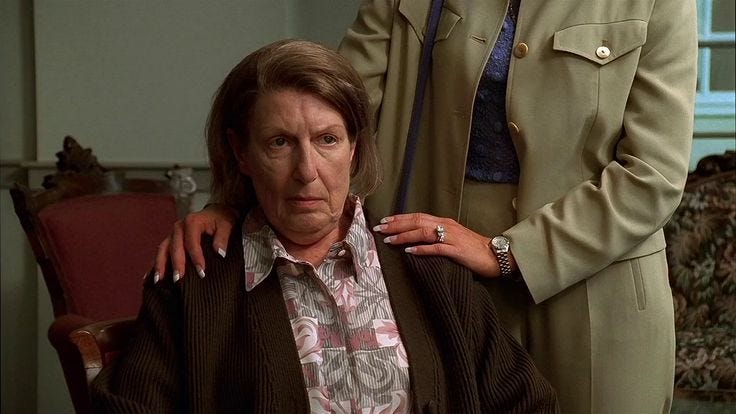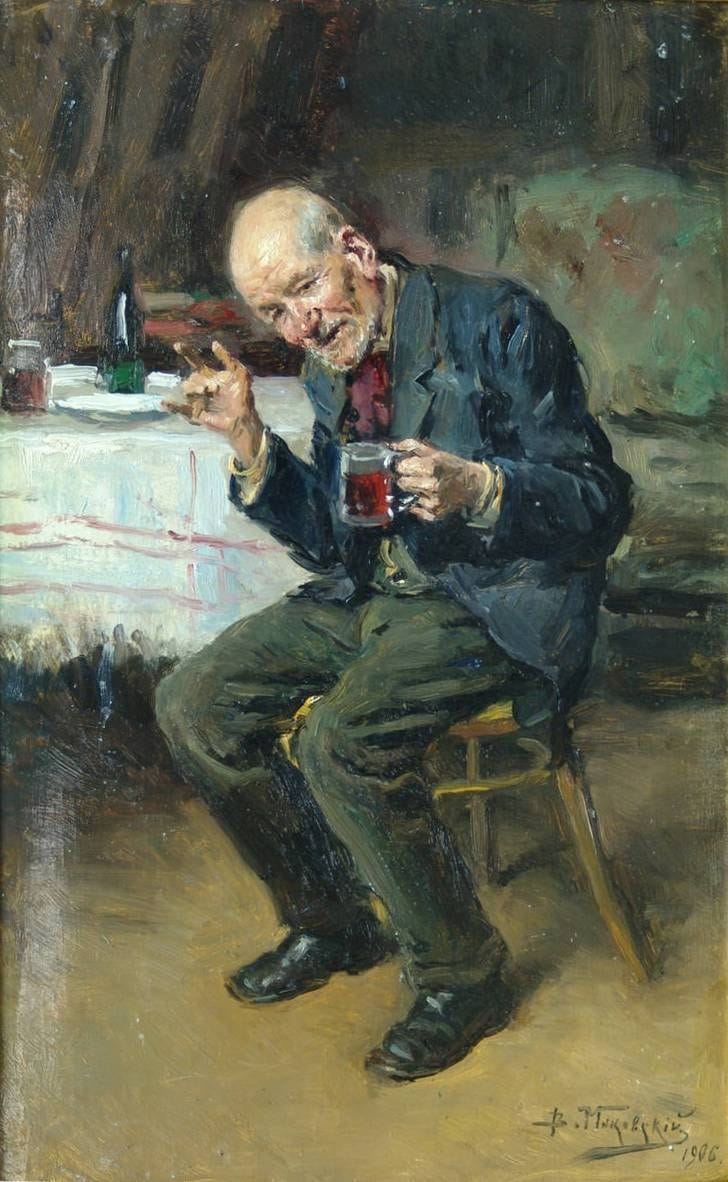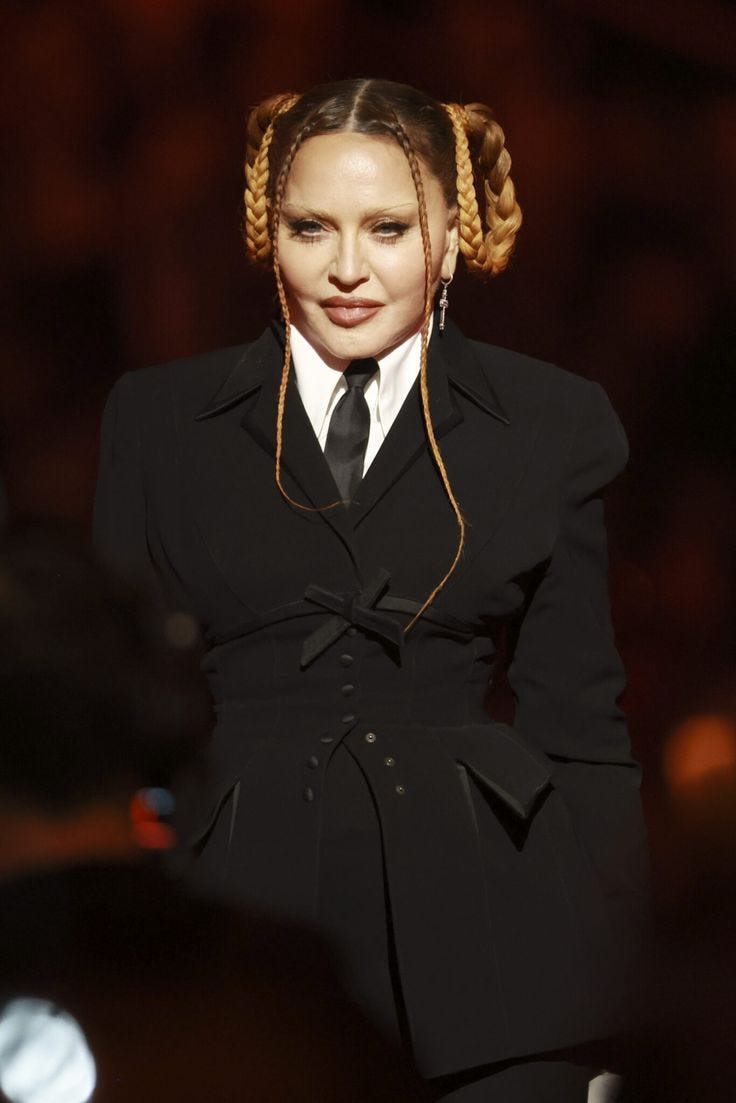Write & Lift is an ethos of personal and spiritual development through conscious physical exertion and practice of the writing craft. Through this effort to strengthen our bodies and minds, we become anti-fragile and self-respecting sovereign individuals. Through this effort, we may stand against untruth and evil and create a new culture of vitality, strength, and virtue.
If this is your first time reading, subscribe here.
Our Crisis of Death Anxiety
Our culture is in a crisis of death anxiety. The United States spends thirteen billion dollars each year on anti-aging products. Between 2000 and 2024, Botox injections increased by 459%, bringing in over two billion dollars annually. We’ve become obsessed with looking younger, acting younger, and attempting—in vain—to prevent the inevitable.
Considering how we treat the elderly, these fears are not irrational. Instead of revering and incorporating our elders into daily life, we distance ourselves from them. We put our grandparents in nursing homes so they can play bridge and eat frozen slop meals. We visit a couple of times a year for a short catch-up before being swallowed again by the ever-increasing pace of life. We fear aging because we fear being forgotten.
This treatment of our elders is, in part, a direct symptom of the American character. Families move around the country, seeking higher wages and a better life. Our communities revolve around the omnipresent grid of the automobile, minimizing chance encounters with strangers, family, or friends. Political spats drive a wedge between families and serve as fuel for grudges. Our national culture is defined by its present-moment contradictions. We’re atomized and distracted, hopeful and anxious, vengeful and empathetic, young and wise beyond our years.
The reality of death and aging is pushed further and further from our field of vision. We don’t want to be around it. We don’t want to think about it. And we don’t want to imagine that it’s stepping towards us every second of the day.
Failing to Launch
Youth is unrestricted freedom and opportunity and the peak of our natural physical vitality and energy. But it is only a season of life, a one-way door we all must pass through. Despite the best attempts of many to prove otherwise, you don’t want to stay young forever. You’re not supposed to.
We’ve all known someone who “failed to launch.” In your early twenties, they were the life of the party. Alcohol turned to cocaine. Weekends turned to weeknights. And the dreams and ambitions they would lay out in a drunken ecstasy never materialized. Ten years later, you and your wife have a night without the baby and decide to get a drink. You see a familiar bloated face across the bar talking to a young and uninterested woman. It’s an ugly sight, and unfortunately, all too common.
There is a cruel paradox present in these people. Out of a desire to “cling on” to the hedonistic freedom of youth, the aging process is accelerated. Your body is a representation of your values and lifestyle, and it doesn’t lie.
Seeing someone “become ugly” out of a desire to capture an ever-fleeting repeated feeling of nightly pleasure is quite obvious. But at a broad scale, it’s not selling anything. It’s a warning against a common trap. There are no attractive ways to market this particular manifestation of the “forever young” lifestyle and mindset. Why attempt to recapture the vanity and fun of youth by racking up a $200 bar tab every night and doing drugs with strangers in the bathroom when you can drink from the spring of everlasting life?
Welcome to the insidious marketing department of celebrity youth culture.
The “Madonna” Complex
Celebrities—specifically those who become successful young—seldom come to embody the physical disfiguration of the small-town mid-thirties bar fly. They have a financial incentive to cling, at all costs, to their youth. The pressures of the media and entertainment industries have a financial incentive to facilitate this. Madonna is a perfect example.
At 66 years old, Madonna has continued to prostrate herself in public as an edgy sex symbol. Her once natural beauty, now transformed into an amorphous blob of fillers, injections, and off-putting lifts. It’s a public lie. Of course, she has the freedom to choose to do whatever she wants with her body and face. But what does it tell us about who she is and what she values? Can she see what we see?








